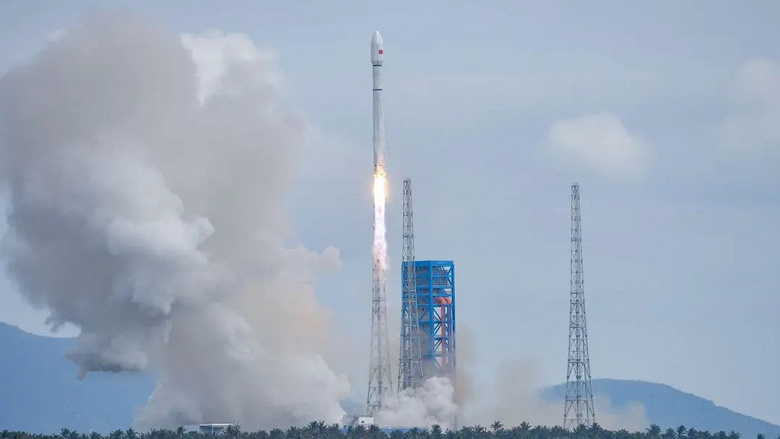In an unexpected turn of events, the Ceres-1 rocket, operated by Chinese private aerospace company Galactic Energy, suffered a failure during launch on Monday from the Jiuquan Satellite Launch Center, resulting in the loss of three satellites. The launch, which commenced at 12:02 PM Beijing Time (04:02 GMT), was proceeding nominally until the fourth stage malfunctioned, cutting its engine prematurely. According to Galactic Energy, all systems were performing as expected until the anomaly occurred, with the engine ceasing operation 510 seconds after ignition, causing the spacecraft to miss its intended orbit and leading to a categorized failure.
The Ceres-1 rocket, standing at approximately 20 meters with a diameter of 1.4 meters, is a four-stage solid-propellant vehicle. It carries a mass of about 33 metric tons and is designed to transport payloads of up to 350 kg into low Earth orbit. Such launch vehicles are pivotal for rapid deployment of small satellites, particularly catering to commercial satellite constellations.
This particular mission marked the 22nd launch of the Ceres-1, representing only its second failure. Previously, it had successfully completed 20 missions, deploying a total of 85 commercial satellites, underscoring its significance in China’s burgeoning private space services sector.

Photo: Cosmic Penguin / X
Ongoing Launch Activities in China
This incident unfolds amidst an intensive launch campaign within China. Just the day before, the Shanghai Academy of Spaceflight Technology (SAST) successfully launched the Long March 12 rocket from the commercial launch site on Hainan Island, placing the 13th batch of satellites into orbit for the national megaconstellation ‘Guowang’. Operated by China SatNet, the Guowang system is poised to include nearly 13,000 satellites in low Earth orbit, in a strategic elevation to rival SpaceX’s Starlink network. The current deployment already exceeds 100 units, with plans to operationalize 400 satellites by 2027.
Galactic Energy’s Future Ventures
Despite this setback, Galactic Energy is pursuing expansion of its launch vehicle offerings. Preparations are underway for the maiden flight of the larger Ceres-2 solid-fuel rocket, anticipated around November 15. The company has also successfully conducted static fire tests of the first stage of its liquid-fueled Pallas-1 rocket. In a significant financial milestone, Galactic Energy secured $336 million in September to support its Ceres and Pallas programs, marking one of the largest investments in China’s private aerospace industry.
The events over the weekend accounted for China’s 71st and 72nd orbital launch attempts in 2025. The Ceres-1 failure is noted as only the second launch mishap of the year, juxtaposed with the successful deployment of Long March 12’s payload.




